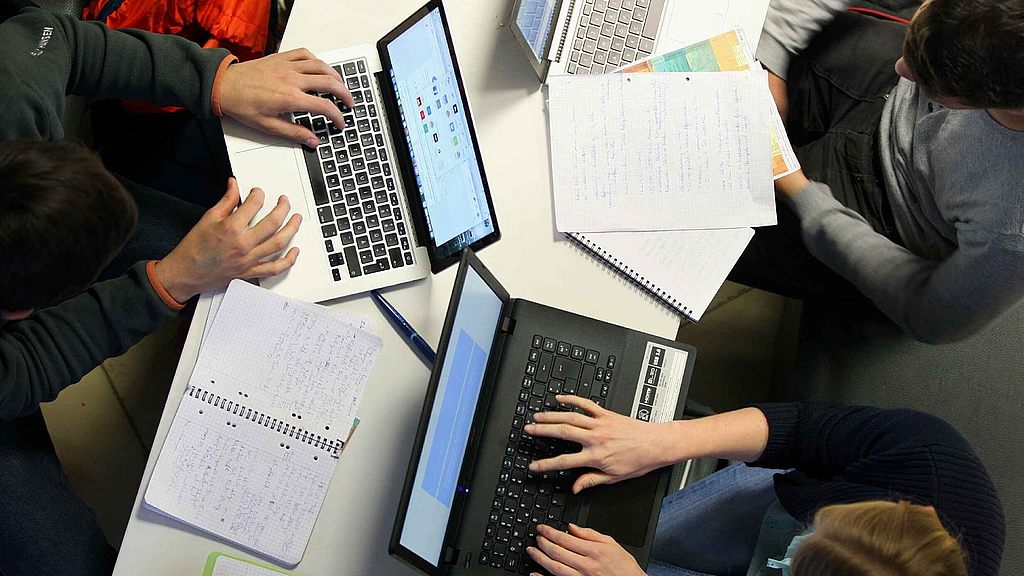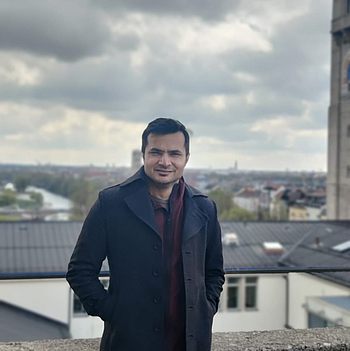CPS4EU - Cyber-Physical Systems for Europe
A scenario describes the initial conditions and timeline of significant events. The elements of scenarios in a simulator include the systems and subsystems of interest (entities), the environmental conditions & the course of events.
Scenarios are an essential part of the whole simulation engineering process. Due to the complex nature of Cyber-Physical Systems (CPS), simulation-based verification involves using scenarios as a cost-effective method. Automated vehicles use Scenario-based testing extensively, especially in validating various functionalities of the Automated Driving Systems (ADS). Tools and standards such as OpenScenario, OpenDrive and OpenCRG illustrate the effort in this direction. Aviation has started using scenarios in the last few years, and a few working groups are developing a standard scenario definition language for aviation. TUC's scenario definition language (SDL) is one such example.
Throughout the project, TUC employed the approach of scenario modelling for various partners. The whole process starts with an operational scenario and ends with the execution of the simulation, where operational scenarios are descriptions of the operation of a system in plain language. These translate into a structure capturing all the elements and their relationships to the scenario. TUC's SDL uses an ontology to capture these elements. The approach bridges the gap between people and systems. It can be used as a starting point for further development as a domain expands or the ontology embraces new or additional concepts. TUC's SDL uses a metamodel called System Entity Structures (SES).
The main idea is to model all the elements of a scenario and their relationships using SES into a domain model. Once all possible scenarios are modelled in the SES domain model, selecting a particular scenario is defined by choosing a specific configuration through pruning. This resultant structure is in the form of a decision-free tree called a Pruned Entity Structure (PES). A PES represents a scenario in XML format that can configure a simulation and assess the system for safety. A single domain model in SES can generate multiple scenarios. Parsing the scenario file leads to the configuration of the simulator. Hence, the scenario file is the test case executed on the simulation environment.
Use Case – Collaborative Lifting
TUC worked with WIKA to test the applicability of a Scenario-based testing approach for an AI-based system in the context of the collaborative lifting of an object by a crane, with the drone acting as a visual sensor guiding the whole process.
Contact



